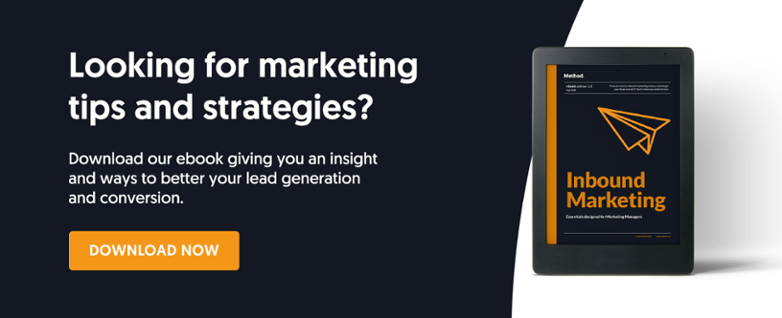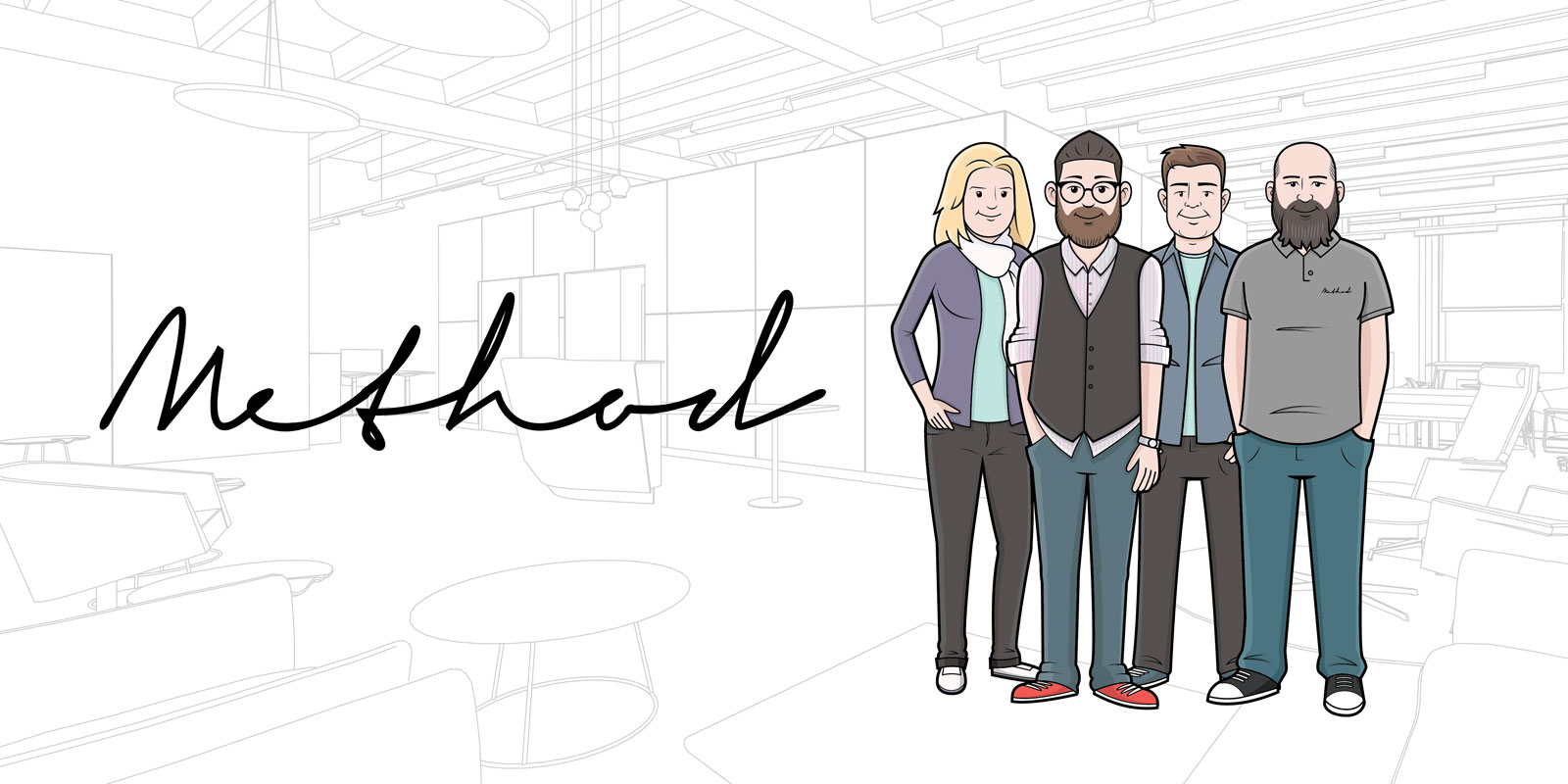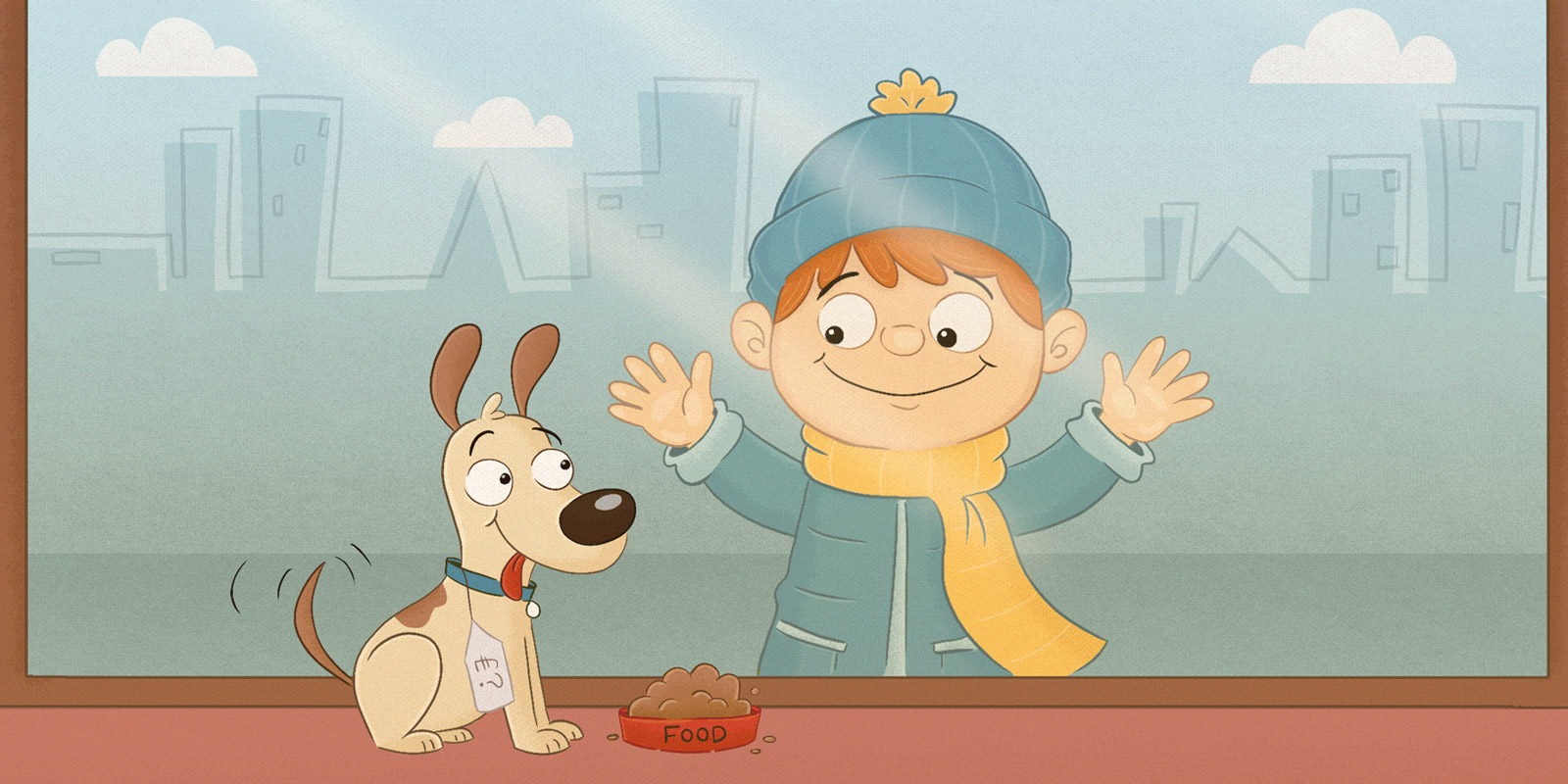As an actor and one-time reader of The Complete Idiot's Guide to HTML 4.0 (published 1997), I like to feel I have always been something of a foremost expert on theatres' websites.
For about ten years, sliders have ruled the roost for presenting homepage information. 'Sliders' are scrolling blocks of images that automatically move across your screen like a PowerPoint presentation, usually shouting about all the other pages on the website they want you to look at. Now it looks like they're waning in popularity - and it's not hard to see why.
Just as you go to click 'book’ on The Phantom of the Opera, an advert for In the Night Garden Live on Stage slides in and now you’re headed to the wrong page, never mind theatre. Often the designer hasn't put selection buttons beneath, so you can't get back to the screen before - and worse - don't know there are 15 others to watch. The preloading on them doesn't always work, so instead of shiny images being displayed for an equal few seconds, you see one panel for 20 seconds before it lurches to a strobe effect of blank panels.
And it seems I'm not alone in finding sliders give headaches. Google can't pick up the content from them. My phone can't show them. And Method's own experiment shows 0.39% of visitors to our home page clicked links from a slider, compared with 17.24% off an eye-catching, static main image.
A strong, inviting image is exponentially more effective at grabbing a potential customer than a scattergun of images, which can smell more needy than Makka Pakka. The zone immediately seen by your visitor is the oh-so-valuable ‘ above the fold’ area and needs to be warmly welcoming; not induce a fit.
Check out Method's web design service on how we can help you convert more leads with better design.





